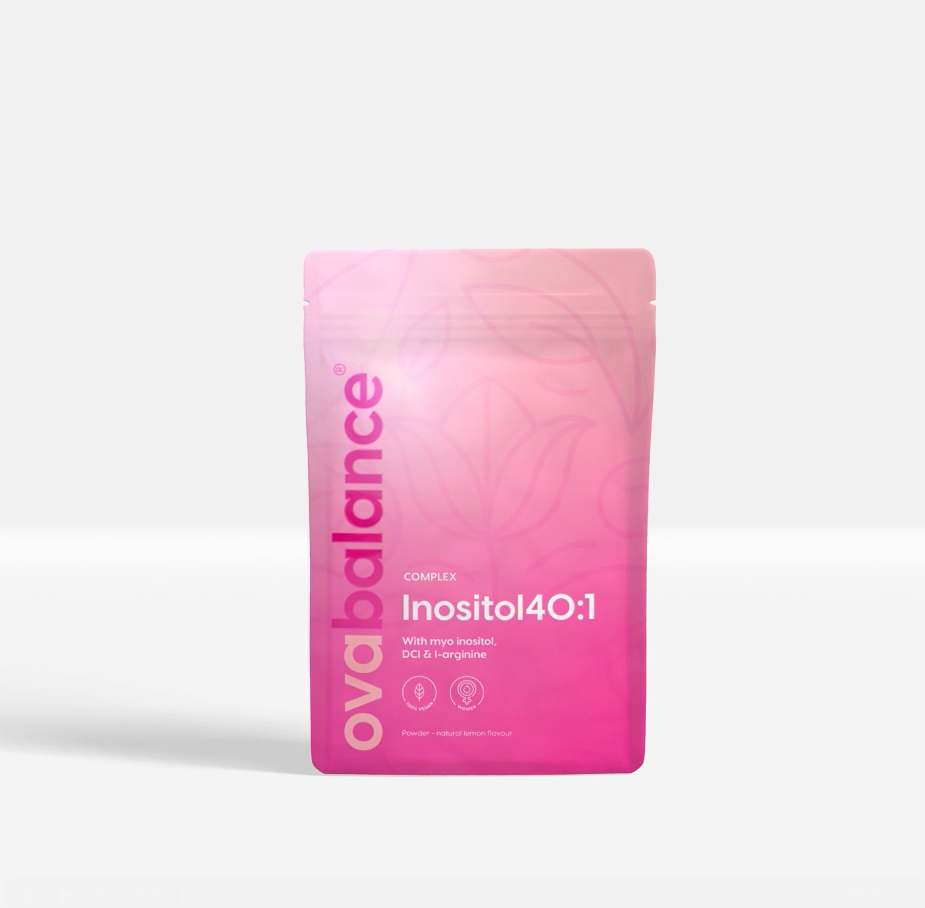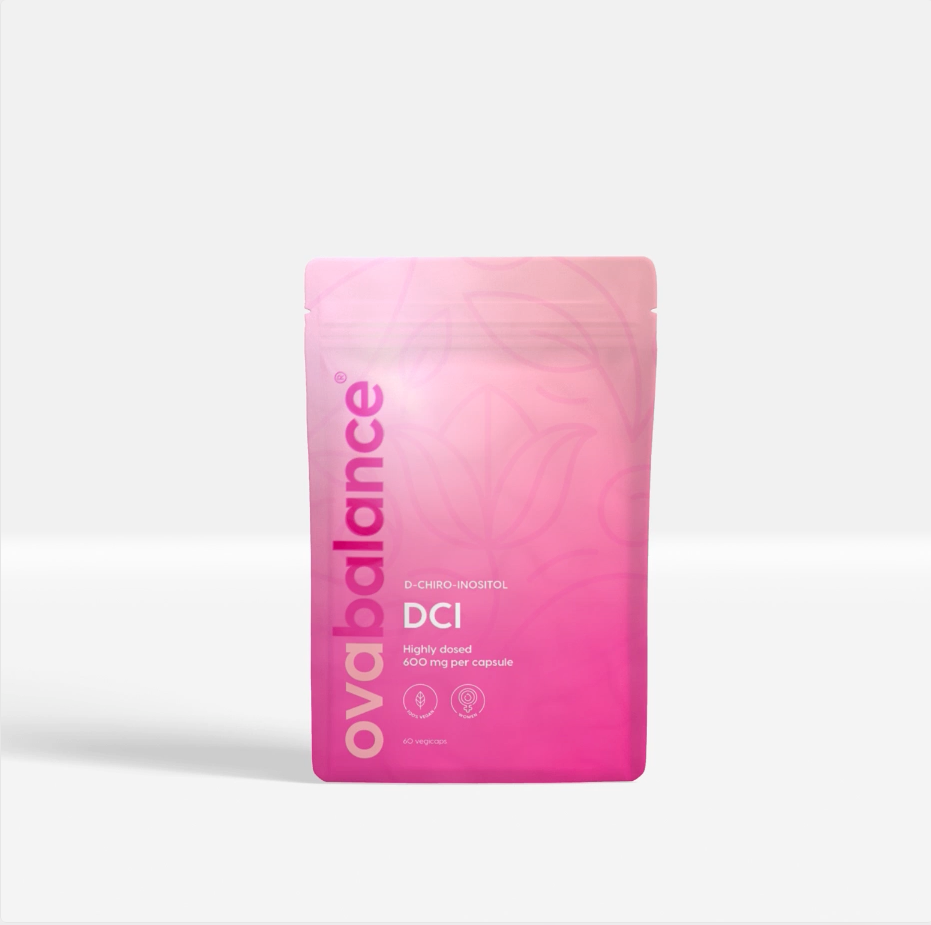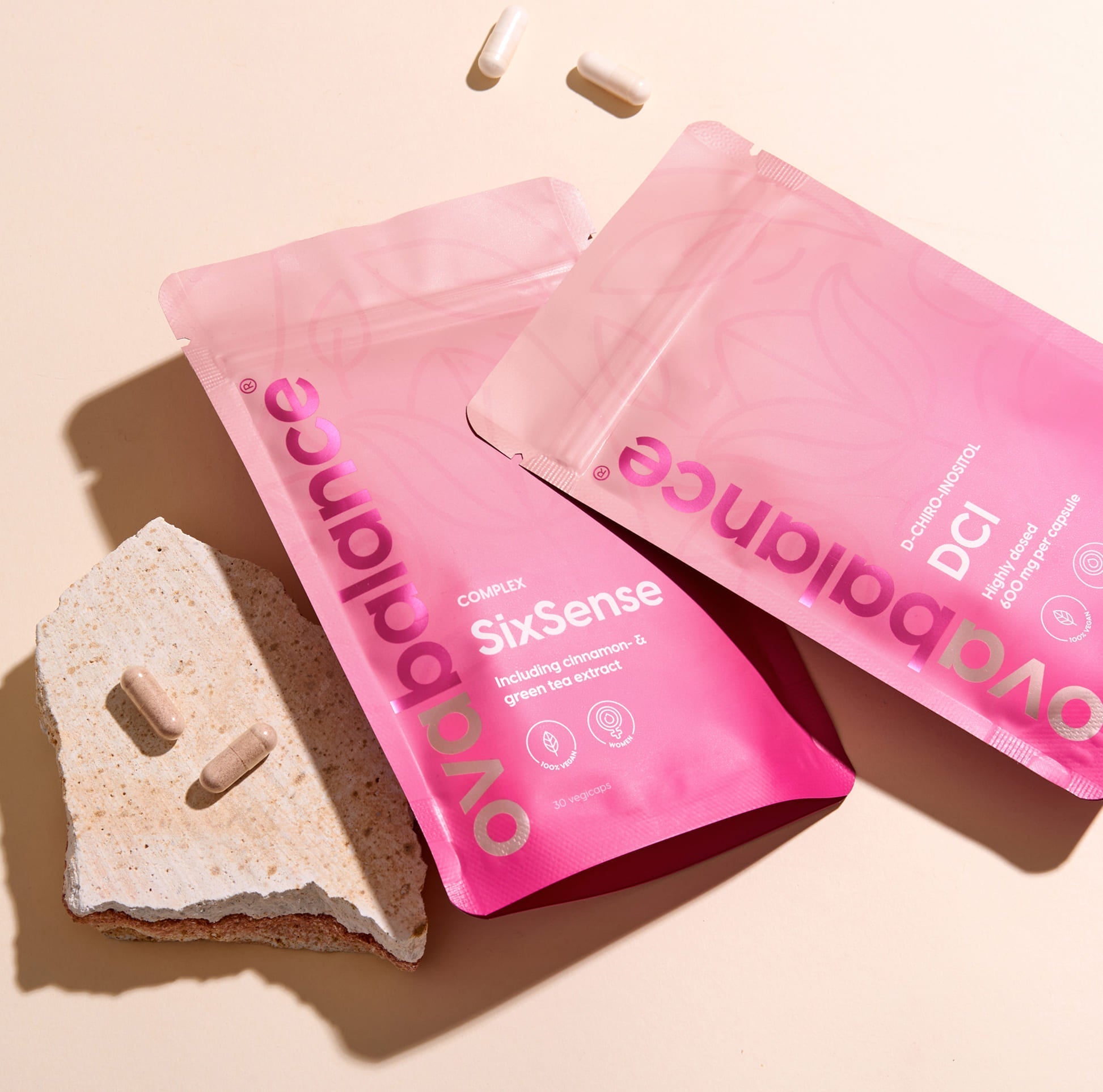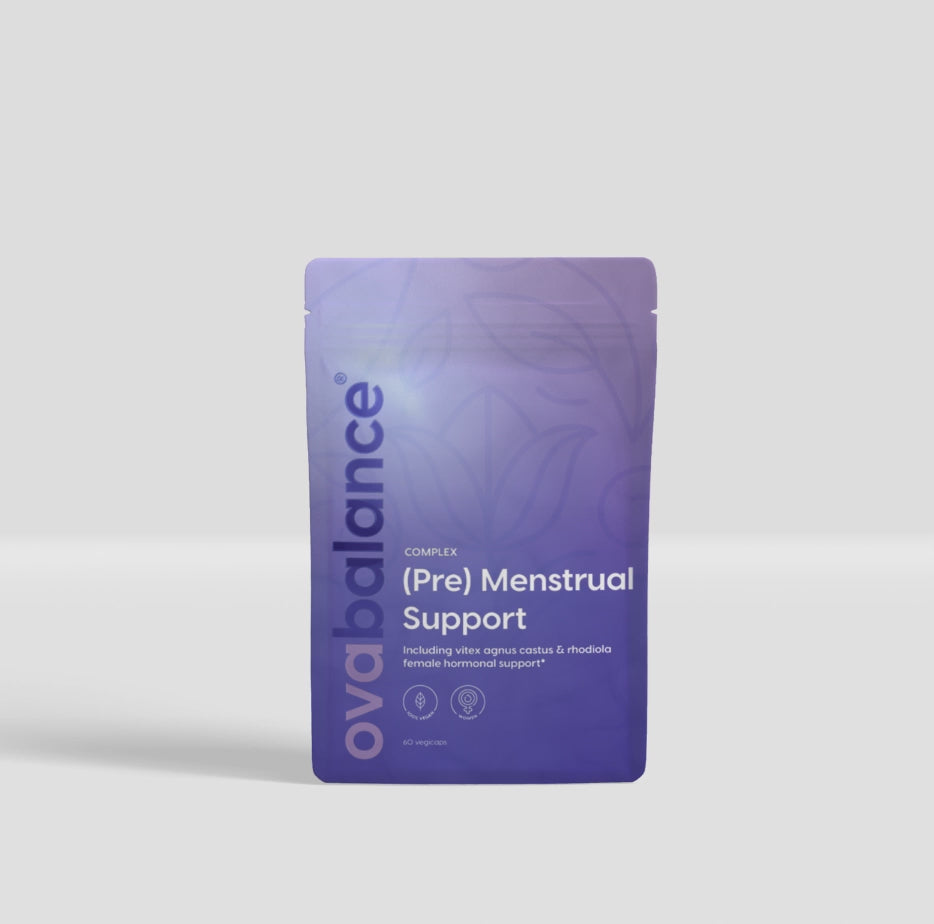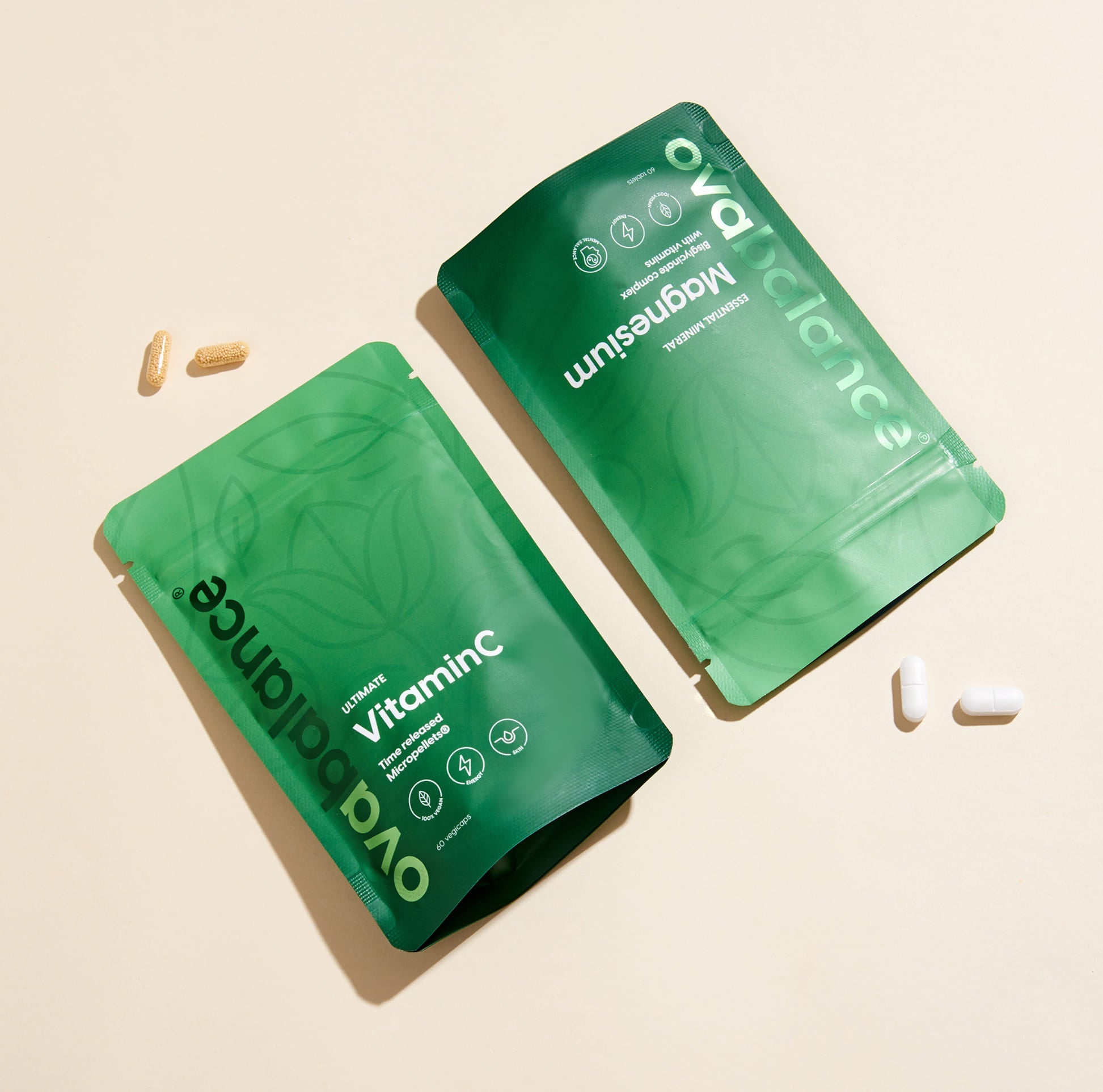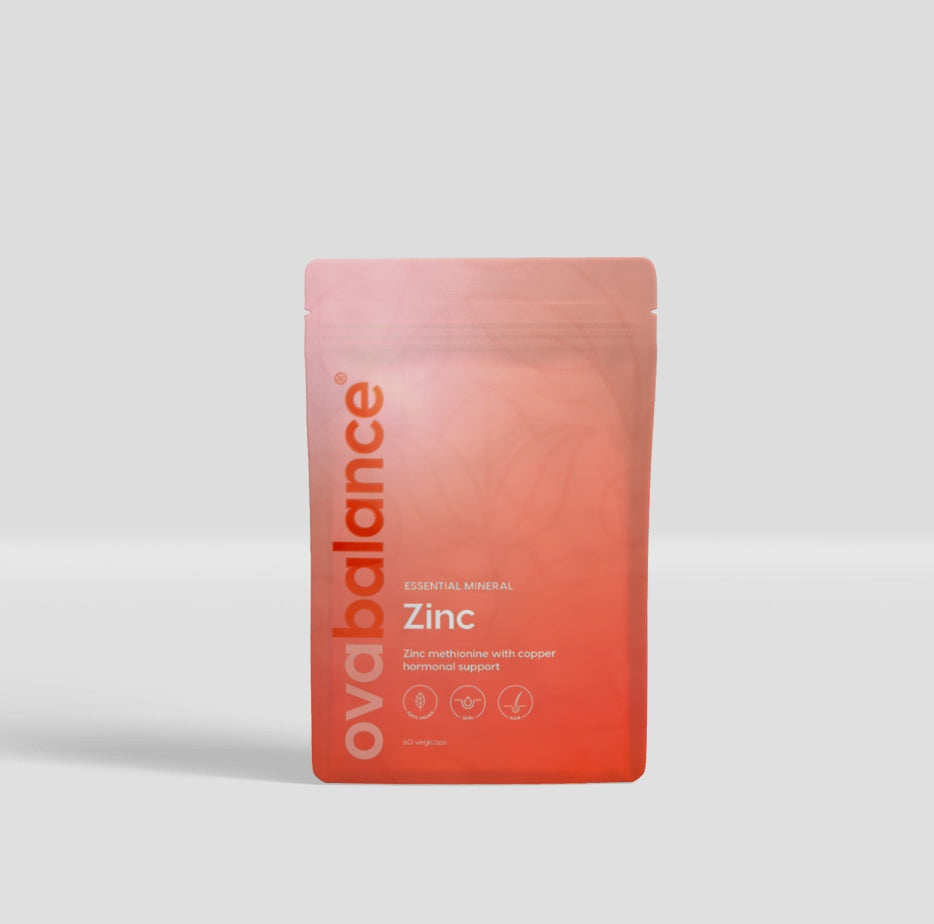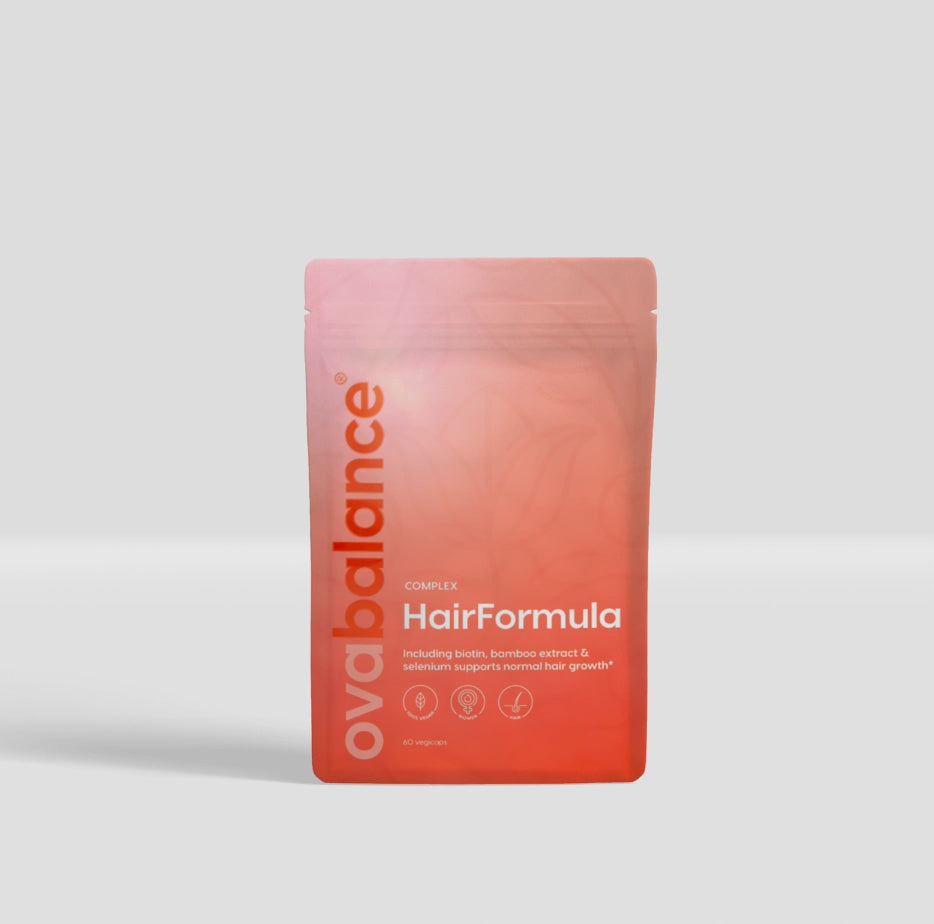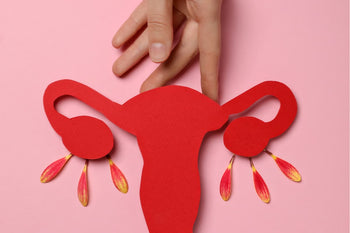

Fertility is an important topic when you are trying to get pregnant or want to increase your fertility awareness. Understanding your fertile window is crucial when "planning" for a pregnancy.
In this article we will explain how to determine your fertile period and what measures you can take to increase your chances of conception.
---
"The fertile period in the cycle includes several days before ovulation and the day of ovulation itself."
Contents
The menstrual cycle and ovulation
The menstrual cycle, which usually lasts about 28 days, plays a crucial role in fertility. The cycle begins on the first day of menstruation and ends on the day before the next menstrual period.
Ovulation is the moment when the mature follicle bursts and the egg is released. The egg is fertilizable for 24 hours after ovulation. In women with a regular 28-day cycle, the most fertile period is between day 11 and day 16 of the cycle.
The moment of ovulation is approximately 14 days before the start of your next period, regardless of the length of your menstrual cycle. This is how you can calculate your fertile window.
If you have irregular periods, it is difficult to estimate when the next ovulation will occur. If you do not have periods that often, it is also uncertain whether an ovulation has preceded your "period".
When are you fertile?
The fertile period in the cycle includes a few days before ovulation and the day of ovulation itself.
The closer you get to ovulation, the more likely you are to get pregnant. You are most fertile in the two days leading up to ovulation and on the day itself. This is because an egg can survive for 24 hours and sperm can survive for up to 5 days in the uterus and fallopian tubes.
In the days after ovulation until your next period, you have a very small chance of getting pregnant.
How do I recognize my ovulation?
To increase the chance of pregnancy, it is important to recognize (the run-up to) ovulation.
There are several ways to recognize your ovulation.
Basal Body Temperature (BBT) Method:
Just before ovulation, your basal body temperature rises slightly, usually by about 0.5 to 1 degree Celsius. By measuring and recording your body temperature every morning before getting up (while you are still in bed), you can discover a pattern of temperature changes that indicate ovulation. Special devices are available for this, such as the Ladycomp, which tracks your cycle based on your temperature.
It does take a lot of discipline though and it is important to note that with certain metabolic disorders, such as thyroid problems, the basal body temperature can be higher or lower than normal. This makes the temperature method quite unreliable on its own, but it can be combined well with other methods.
Cervical mucus observation
During your cycle, the texture and appearance of your cervical mucus changes. By studying your cervical mucus, or discharge, you can recognize when you are ovulating and therefore fertile.
Just before ovulation, the mucus becomes clear, stretchy/stringy and looks like raw egg white. This indicates an increase in estrogen and indicates that you are fertile.
It is wise to study your discharge daily to really recognize your ovulation.
Looking at your mucus is called the Billing method or fern test.
This involves taking some mucus from the cervix with your fingers every day and examining it, preferably right after showering. The result can be influenced if you examine your mucus right after sex or when you are aroused, making it less reliable.
But regularly and consistently observing the changes in your cervical mucus can help you better understand your fertile window.
Ovulation tests
These ovulation tests measure the luteinizing hormone (LH) in your urine. LH peaks approximately 24 to 36 hours before ovulation. By using an ovulation test strip daily around the time you expect to ovulate, you can detect the LH surge and accurately determine your fertile window. This can be a good way to do it if you have a fairly regular cycle. If your periods are very irregular, it can be difficult to determine when to start testing.
Ovulation pain
Some women experience a slight pain or pulling sensation on one side of their lower abdomen during ovulation. This is often referred to as ovulation pain. It can serve as a natural signal that your body is ovulating.
Our advice is to keep track of your cycle for a period. You can do this with an app such as the 'health app from apple, 'my cycle' or 'flo' for example. Keep track of the duration of your cycles and make notes of any changes in discharge or other fertility symptoms.
Keep in mind that not all methods are equally accurate and may not work for everyone. Combining multiple methods can help you get a better idea of your fertile window and when you ovulate.
Factors affecting fertility
In addition to understanding the menstrual cycle and determining the fertile window, there are several factors that can affect fertility. Age plays a major role, as women's fertility declines as they age, especially after the age of 35.
Other factors include hormonal imbalances such as polycystic ovary syndrome (PCOS) and the use of certain medications.
A healthy lifestyle can also contribute to better fertility. Maintaining a healthy weight, exercising regularly, avoiding excessive alcohol and caffeine consumption, and quitting smoking can all have a positive impact on fertility.
Understanding your fertile window and optimizing your fertility can play an important role in planning a pregnancy. By tracking your menstrual cycle, observing your body’s signals or using ovulation tests, and paying attention to factors that can affect your fertility, you can increase your chances of conception.
Remember that every person is unique and fertility is a complex process, so be patient and stay optimistic throughout your journey to parenthood.
Start with folic acid
If you are actively trying to conceive, it is wise to at least start taking folic acid. The advice is to take folic acid (the natural form, folate) at least 4 weeks before you become pregnant.
This is because your body needs time to absorb it properly. The advice is therefore to start taking folic acid when you stop using contraception.
You can read more about folic acid in the article 'Folic acid pregnancy - why and when to start taking folic acid?'
The best absorbable form of folic acid can be found in the multivitamin Ultimate Multi Mama. Combined with B12 and B6 and 26 other vitamins and minerals. A high-quality multivitamin for women who want to have children.
View all supplements that support fertility .
The information provided does not replace the information provided by a general practitioner and cannot be seen as personal medical advice.

